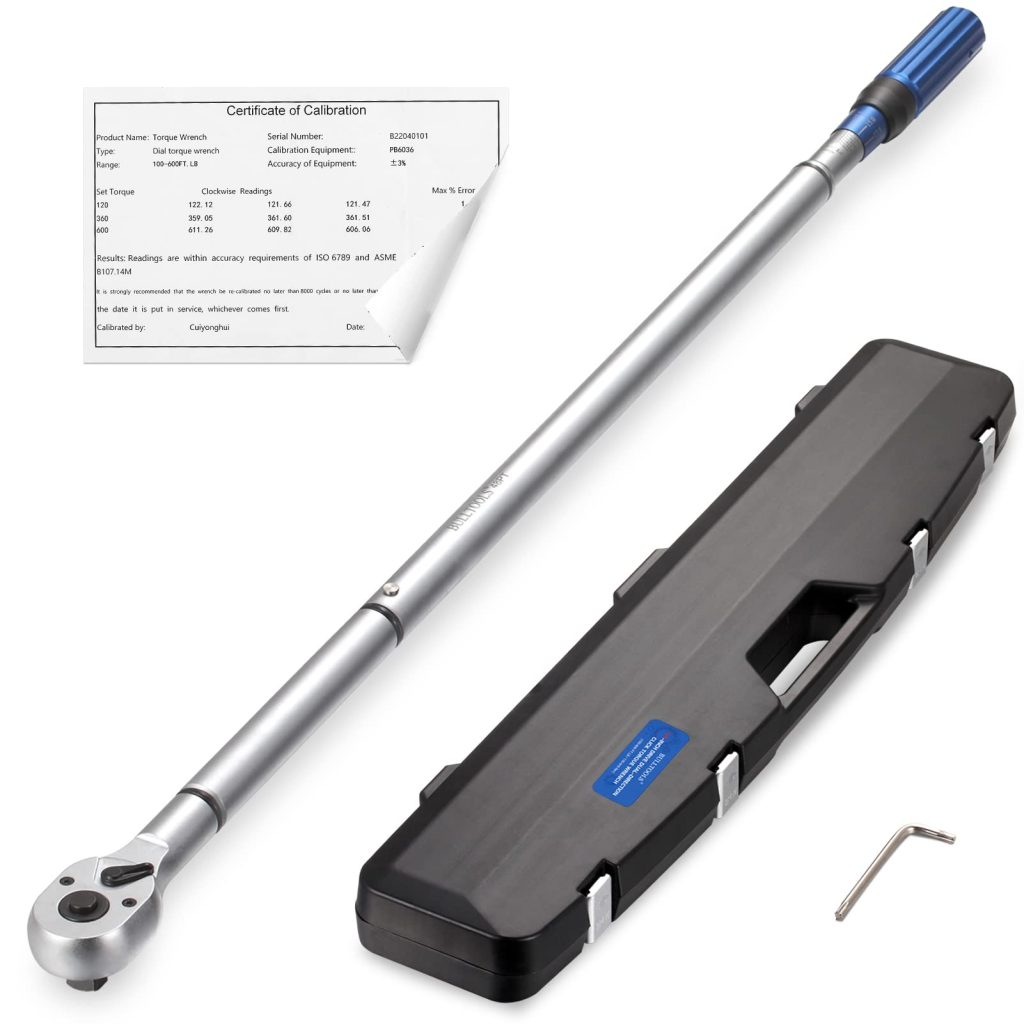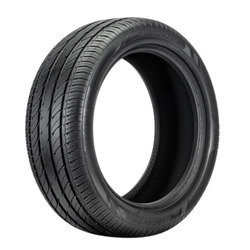

**Comprehending Torque: A Layman’s Guide for Non-Technical Individuals**
Have you ever attempted to open a stubbornly sealed jar or used a wrench to loosen a screw? If yes, you’ve witnessed torque in action—whether you recognized it or not. Torque is a concept that significantly influences our daily routines, particularly concerning items that revolve or pivot. In this piece, we’ll simplify what torque is, discuss its importance, and explore its impact on our surroundings.
—
### What Does Torque Mean?
Torque represents the degree of rotational force exerted on an object. Consider it the twist you apply to enable something to turn. Just as pushing or pulling is a force that drives objects in a straight path, torque is the force resulting in spin or rotation.
Picture employing a wrench to secure a screw. When you apply pressure on the wrench handle, you’re exerting force at a distance from the screw. This blend of force and distance generates torque, which subsequently turns the screw.
—
### Everyday Instances of Torque
1. **Pushing a Door**
When you open a door, you typically apply pressure near the edge, away from the hinges. This is because being further from the hinges (the pivot point) makes it simpler to push the door open. This exemplifies torque—the force you exert multiplied by the distance from the pivot.
2. **Employing a Wrench**
A longer wrench facilitates turning a screw since it extends the distance from the screw (the pivot point) to where you exert force. Increased distance results in greater torque with the same physical effort.
3. **Cycling**
When you pedal a bicycle, you’re generating torque on the gears. This torque aids in spinning the wheels and propelling the bike forward.
—
### The Torque Formula (Don’t Worry—It’s Easy!)
While we’re keeping the discussion straightforward, understanding the basic formula is beneficial:
**Torque = Force × Distance**
– **Force** indicates how intensely you’re pushing or pulling.
– **Distance** represents how far from the pivot point (or rotational axis) you apply that force.
Thus, if you push harder (increased force) or utilize a longer tool (greater distance), you generate more torque.
—
### The Significance of Torque
Torque holds importance in numerous facets of life and technology:
– **In Automobiles:** Torque influences how robust a car feels when you accelerate. More torque allows the vehicle to speed up more quickly, particularly from a standstill.
– **In Instruments:** Power tools such as drills and screwdrivers are evaluated based on their torque production capabilities. Higher torque allows them to tackle more challenging tasks.
– **In Athletics:** Athletes leverage torque to enhance performance. For instance, a golfer or baseball player utilizes torque during their swing to propel the ball farther.
—
### Common Misconceptions
– **Torque Doesn’t Equate to Speed:** A vehicle with high torque isn’t always fast, but it can manage heavy loads or ascend hills more efficiently.
– **More Isn’t Always Better:** While increased torque can be advantageous, excessive torque in unsuitable scenarios can lead to damage, such as stripping a screw or snapping a bolt.
—
### Concluding Thoughts
Torque may appear as an intricate physics term, but it fundamentally relates to the act of turning objects. Whether you’re opening a jar, repairing your bicycle, or driving, torque operates behind the scenes. By grasping the fundamentals—force, distance, and rotation—you can gain a deeper appreciation for how torque influences the tools, machines, and vehicles we utilize day in and day out.
So the next time you clutch a wrench or swing a bat, remember: you’re not merely applying force—you’re engaging torque!






